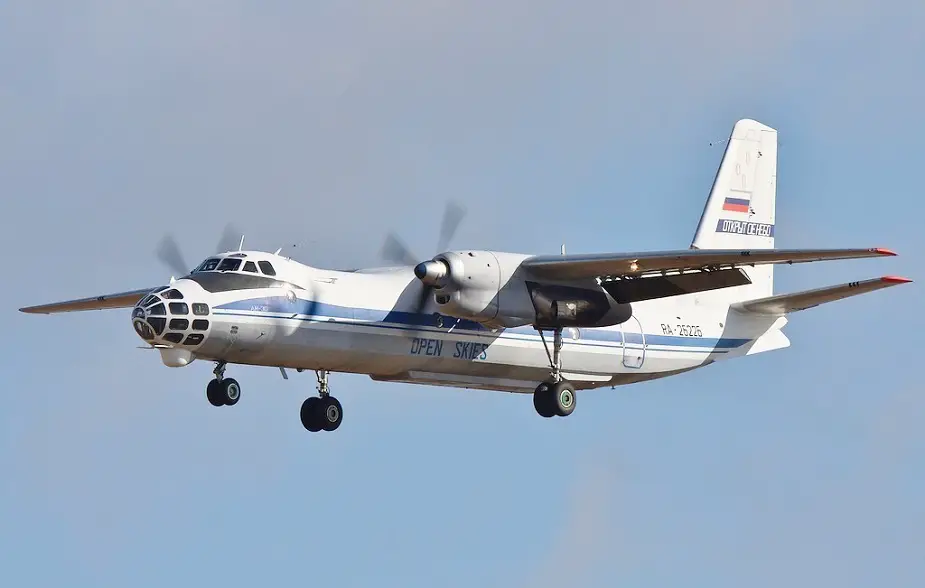Breaking news
USA to leave Open Skies Treaty.
The US has announced it will withdraw from Open Skies Treaty, a major accord that permits unarmed aerial surveillance flights over dozens of participating countries.
Follow Air Recognition on Google News at this link
 An-30, used during Open Skies observation flights (Picture source: Russian Air Force)
An-30, used during Open Skies observation flights (Picture source: Russian Air Force)
"Russia didn't adhere to the treaty, so until they adhere we will pull out," Trump told reporters at the White House when asked about the decision to withdraw from the treaty. "But there is a very good chance we will make a new agreement or do something to put that agreement back together," Trump added, without elaborating.
Open Skies was signed in 1992 and came into force in 2002. The treaty establishes a program of unarmed aerial surveillance flights over the entire territory of its participants. Observation flights are made over the territories of the United States, Canada, European countries, and Russia.
The 35 state parties to the Open Skies Treaty are: Belarus, Belgium, Bosnia and Herzegovina, Bulgaria, Canada, Croatia, the Czech Republic, Denmark (including Greenland), Estonia, Finland, France, Georgia, Germany, Greece, Hungary, Iceland, Italy, Kazakhstan, Latvia, Lithuania, Luxembourg, the Netherlands, Norway, Poland, Portugal, Romania, the Russian Federation, Slovakia, Slovenia, Spain, Sweden, Turkey, Ukraine, the United Kingdom .
The main purposes of the open skies regime are to develop transparency, render assistance in monitoring compliance with the existing or future arms control agreements, broaden possibilities for preventing crises and managing crisis situations within the scope of the Organization for Security and Cooperation in Europe and other relevant international organizations. Subsequently, it is contemplated to apply the open skies regime to new fields, such as environmental protection.
In practical terms, the treaty allows signatory states to perform observation flights over any part of the observed state party’s territory to monitor military activities in conformity with the agreed quotas of such missions. The treaty regulates observation flights procedures, establishes a mechanism of control over its observance, and sets requirements to the aircraft and observation equipment.



















